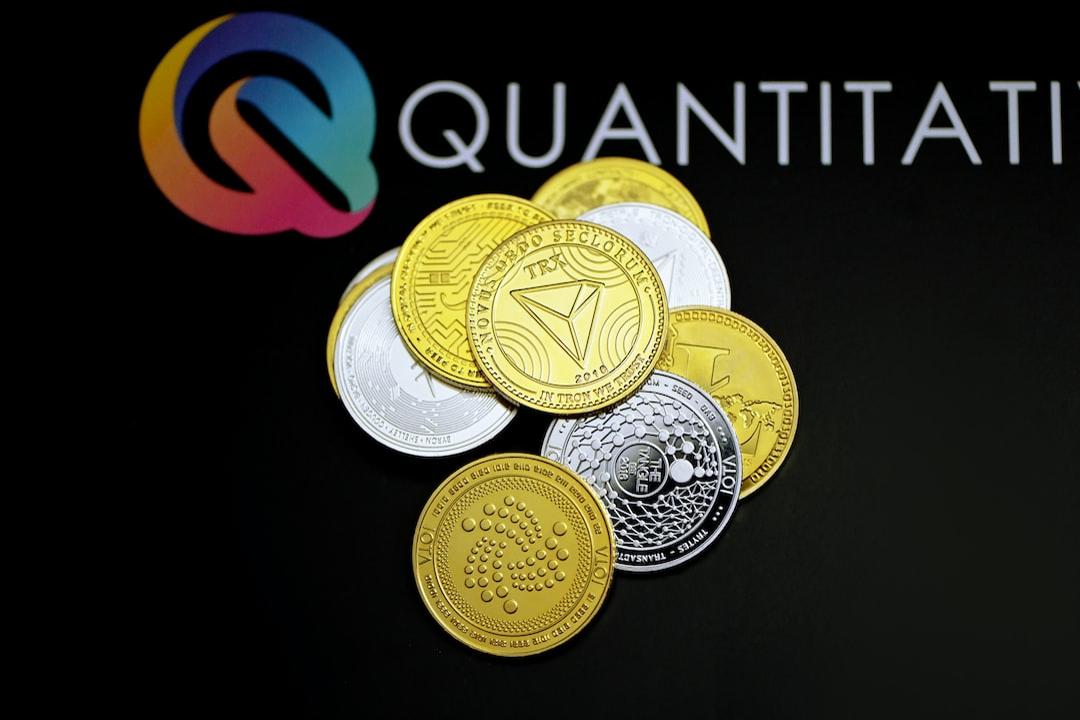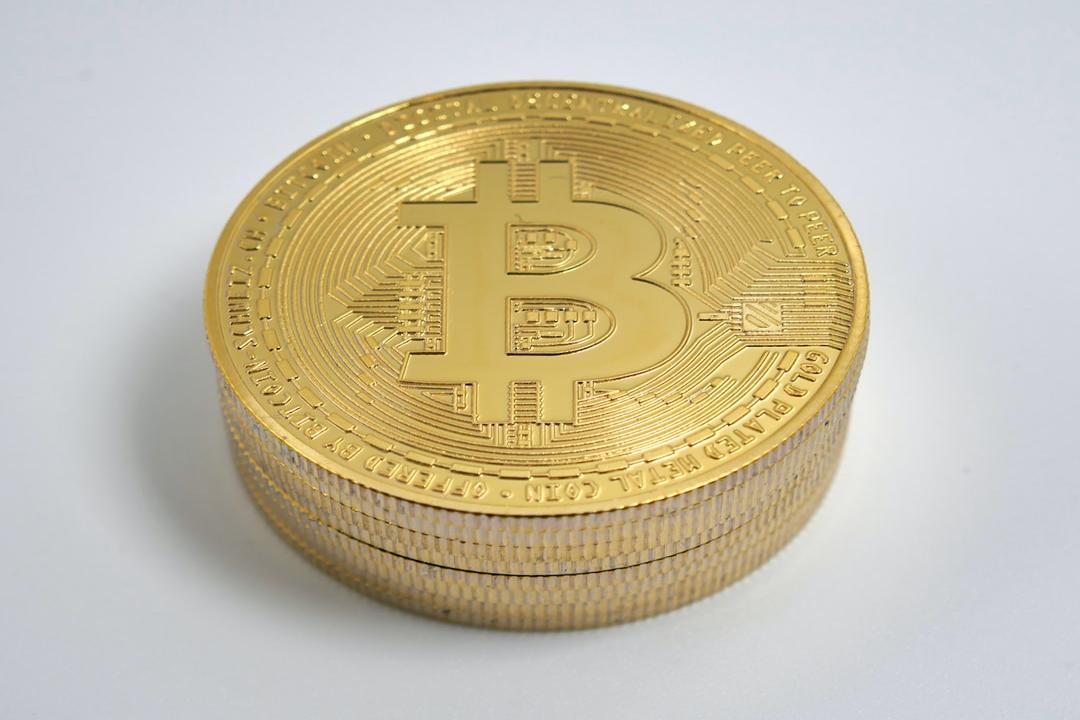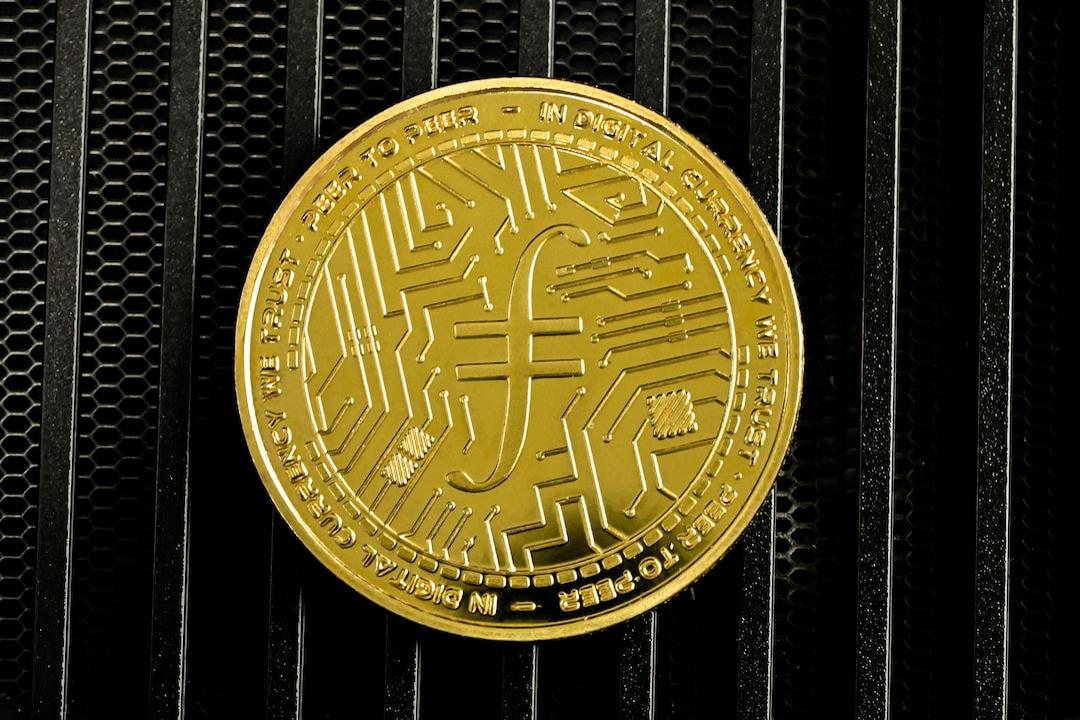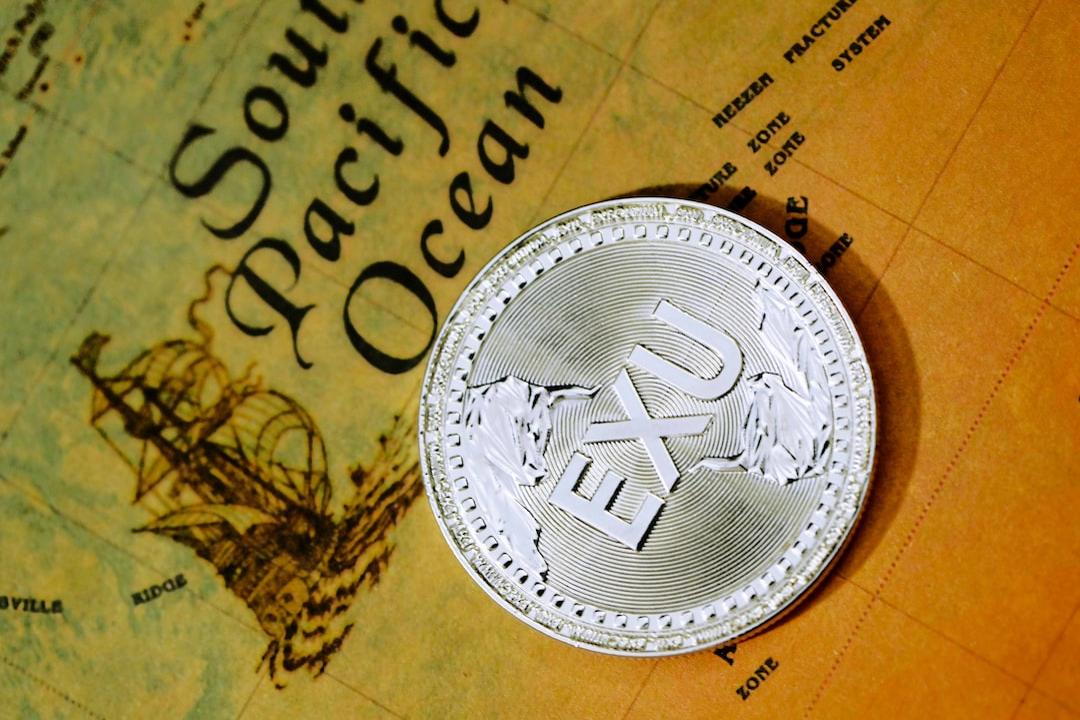Stop Solo Farming, DeFi Giants Start Teaming Up
(Background: AAVE Soars 22% in a Day: TVL Surpasses $30 Billion, Is the Glory of Ethereum DeFi Reborn?)
(Context: Coinbase Strategic Director: Institutional Interest Has Never Stopped, DeFi and Stablecoins Are Set to Explode)
In the past month, the DeFi sector appears to have quietly undergone structural changes. Unlike the previous state of independent battles, some top protocols are moving towards “banding together” through collaboration, integration, and even direct ties to interests.
This article delves into three main areas: lending and trading integration, the evolution of the stablecoin landscape, and the fusion of RWA, to outline the most representative “team-up actions” currently taking place, while analyzing the underlying logic changes and potential impacts.
Lending + Trading: Ties Between Protocols
The cooperation between DeFi protocols is evolving from superficial asset integration to deeper structural fusion. The recent linkage between Uniswap and Aave exemplifies this trend.
The core upgrade of Uniswap V4 does not focus on saving gas fees but introduces the Hook mechanism. This allows developers to insert custom logic at critical points in liquidity pools (such as adding or removing liquidity, before and after trade execution) to achieve whitelist control, dynamic fees, customizable price curves, and even embedding game rules. This transforms Uniswap from a trading protocol into a more open liquidity infrastructure.
Based on this, Aave plans to support Uniswap V4’s LP Token as collateral for lending and will return the interest from the stablecoin GHO to the Uniswap DAO. This creates substantial ties in terms of assets, functions, and returns between the two. This cooperation enhances the capital efficiency of LPs and provides a more realistically valuable template for the complementary relationship between protocols.
Market data indicates that this “team-up effect” is sending positive signals. Since May, Aave’s TVL has risen from $19.708 billion to $23.347 billion, an increase of over 18%. Uniswap’s TVL has also grown by about 11% during the same period, from $4.178 billion to $4.65 billion. The simultaneous strength of both may not be a coincidence.

Stablecoins: A New Stage of Differentiation and Specialization
The competition in the stablecoin sector is no longer limited to “who is more centralized” or “who offers higher yields.” More protocols are advancing stablecoin products towards specialized uses and structural layering.
For instance, Ethena’s most active stablecoin is USDe, which is deeply integrated with Aave and supports a maximum loan-to-value (LTV) ratio of 90%. However, since May, USDe’s TVL has dropped from $5.725 billion to $4.993 billion, a decrease of nearly 13%. Behind this, Ethena is launching another more conservative product, USDtb.

Changes in USDe’s supply can be sourced from Ethena.fi.
USDtb is a non-yielding but fully collateralized stablecoin, with its assets composed of BlackRock’s tokenized money market fund (BUIDL) and USDC. Currently, the on-chain supply exceeds $1.44 billion, with a collateralization rate maintained at 99.4%. Unlike USDe’s strategic hedge, USDtb functions more like an “on-chain dollar,” providing institutions with a reliable, stable anchor point. Particularly during times of negative interest rates, Ethena can shift hedging funds from USDe to USDtb to stabilize the entire asset pool structure.

Supply data for USDtb sourced from Dune.
Another variable in the stablecoin landscape is USDT₀. This fully on-chain stablecoin, launched by Tether in conjunction with LayerZero, circulates based on the OFT protocol and has expanded its suite to multiple chains including Arbitrum, Unichain, and Hyperliquid, with its TVL growing from $1.042 billion to $1.171 billion in May. In contrast, its goal is not financial innovation but to facilitate multi-chain liquidity, becoming a stable “fuel” in DeFi.
This stablecoin competition is no longer a one-dimensional efficiency battle but has evolved into a structured, scenario-based product system. Products like GHO, USDe, USDtb, and USDT₀ occupy positions in lending, hedging, security, cross-chain, and payment domains, reflecting a reshuffling in the stablecoin ecosystem towards “functional specialization” and “clarified application scenarios.”
RWA: On-Chain Integration of Real-World Assets
Once seen as “ancillary to traditional finance,” RWA is now becoming a strategic collaboration entry point for DeFi giants. Over the past few months, multiple protocols and organizations have formed a clear team-up trend around tokenized U.S. treasury bonds, starting actual deployments on-chain.
The most representative case is Arbitrum DAO. On May 8, the community voted to allocate 35 million ARB to three RWA issuance platforms: Franklin Templeton ($BENJI), Spiko ($USTBL), and WisdomTree. These three companies are heavyweight players in traditional finance and asset management, providing tokenized U.S. treasury bills. The funds are allocated through STEP (Stable Treasury Endowment Program), aiming to establish a stable, yield-bearing treasury asset pool on-chain. According to official data, Phase 1 of this program has already generated over $650,000 in revenue.
Aave’s RWA platform Horizon follows a “use case priority” route. The main assets launched on Horizon are tokenized money market funds (MMFs), which institutions can use as collateral to borrow GHO or USDC. This means that RWA is no longer just an investment target but has been integrated into the core functions of DeFi protocols, transforming into financial components that are tradable and lendable.
Whether it is DAOs, lending platforms, or infrastructure providers, RWA is now seen as a key pathway to achieve real on-chain yields, connect with traditional finance, and enhance user confidence.
DeFi Is Not Just Banding Together for Warmth, but Collaborative Evolution
On the surface, the current round of collaboration among DeFi protocols may appear as a joint effort driven by “track anxiety,” but from a structural perspective, it resembles a systematic integration and reconstruction.
These changes are not mere functional expansion kits but an upgrade in the modes of cooperation between protocols. They signal that the next stage of DeFi will transition from isolated single-point tools to an interconnected, interwoven financial network system.
For ordinary investors, the focus may not be on whose TVL is higher, but rather on which combination structures are more stable, efficient, and capable of weathering volatility cycles. Banding together does not equate to price surges, but it may very well be the foundation for the next round of growth.



